In this meeting note, Ghanshyam Kandel reflects on his participation in the Training on Combating Predatory Academic Practices organized by Continuing Education Center, Agriculture and Forestry University (AFU), Nepal.
CONTEXT
It’s very important for every academician to be involved in research and to publish their research output. Publishing a paper has its own weight as it helps the publisher gain better recognition of his work from other people and helps to develop expertise in their specific field of research. In addition, it also helps young professionals in career development. We can see a variety of professionals around the world publishing thousands of papers in different journals. In every academic field there are ethics, for example publication ethics, research ethics, and so on but nowadays we see increasing cases of malpractice in the academic world. We see publication invitations, editorial member invitations, and conference invitations in our email almost daily. It’s very important to know about predatory academic practices and learn ways to avoid these practices. As academicians we can be the victim of predatory practices at any time which will damage our prestige and career as well. A two-day training on ‘Combating Predatory Academic Practices’ was organized by the Continuing Education Center, Agriculture and Forestry University, Nepal, with support from USAID, Feed the Future innovation lab for livestock system in collaboration with the National Academy of Young Scientists (NAYAN), Nepal. Participants came from the faculties of Agriculture and Forestry University (AFU) and scientists of the Nepal Agricultural Research Council (NARC).
The program was jointly inaugurated by Prof. JP Dutta, Dean, Faculty of Agriculture, Prof. Dr Balaam Bhatta, Dean, Faculty of Forestry, and Prof. Dr Arjun Kumar Shrestha, Director, Directorate of Research and Extension, AFU. Dr. Nirajan Bhattarai, Director of CEC, was the chief of this program.
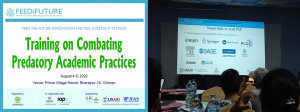 ©CEC, AFU
©CEC, AFU
WHAT I LEARNT
Several presentations were made by the expert team of NAYAN about what predatory academic practices are; how to know whether the journal is predatory or non-predatory, and how to avoid predatory academic practices.
Predatory academic practice involves fake journals, fake conference invitations and, fake invitations for editorial members. They also list reputed professionals as members of their editorial board and show fake impact factor for their journal.
Predatory academic practices not only impact a young researcher, but also ruin the whole academic system. They trap young researchers from developing countries and convince them to publish their research in a short time with an easy procedure.
Most of the time these practices are profit oriented. They trap people through social media and emails, inviting them to publish, to present and demand a fee for publishing articles or for conference registration. We must learn to avoid these practices. We must be aware of predatory journals and conferences. For these we can check editorial board members, their publication history, journal indexing, journal website, etc. If any suspicion is found, we must avoid these journals.
We may receive a conference invitation in our email with a request for a paper presentation. Most of the time these invitations are from different fields or disciplines which indicates that this is a predatory one. Sometimes we have to check the website and organizers’ details to ensure whether it is fake or not.
Sometimes academics themselves are attracted to predatory academic practices for quick publication of their research under the international category; many of the journals beginning with the title of ‘international’ are found to be predatory.
We may face problems with hijacked journals; these are fake journals with fake websites outrageously using the original name, article name, ISSN and other information of a reputed journal. Submitting articles to hijacked journals are a waste of people’s time and efforts, apart from the shame it brings.
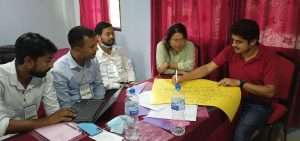 ©Ghanshyam Kandel
©Ghanshyam Kandel
Team NAYAN in collaboration with Inter Academic Partnership (IAP) develop guidelines for avoiding predatory practices thus:
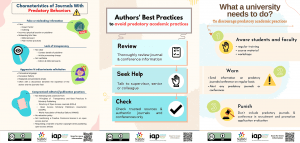 ©NAYAN
©NAYAN
SUGGESTIONS FOR YOUNG RESEARCHERS AND ACADEMICS
Don’t hurry to publish as you have invested a long time and effort into your research, also invest some time to review a journal to check whether it is predatory or not.
You might ask for help from your advisor or friends in identifying the best journal for publication.
Don’t even consider the emails with invitations for a conference presentation in the theme/topic which is outside your field. Double and crosscheck the authenticity of the conference organizers and participants before taking any decisions.
Don’t get confused with the name ‘international’ and high impact factor. Instead, go through the publication history, peer review process that might help you in finding appropriate journals. Be aware of hijacked journals and avoid publishing there.
 Ghanshyam Kandel, Assistant Professor and Head of Department, Department of Social Science, College of Natural Resource Management (CNRM), Purunchaur, Kaski, Constituent College of Agriculture and Forestry University, Rampur, Chitwan. He can be reached at gshyamkdl@gmail.com , gkandel@afu.edu.np
Ghanshyam Kandel, Assistant Professor and Head of Department, Department of Social Science, College of Natural Resource Management (CNRM), Purunchaur, Kaski, Constituent College of Agriculture and Forestry University, Rampur, Chitwan. He can be reached at gshyamkdl@gmail.com , gkandel@afu.edu.np

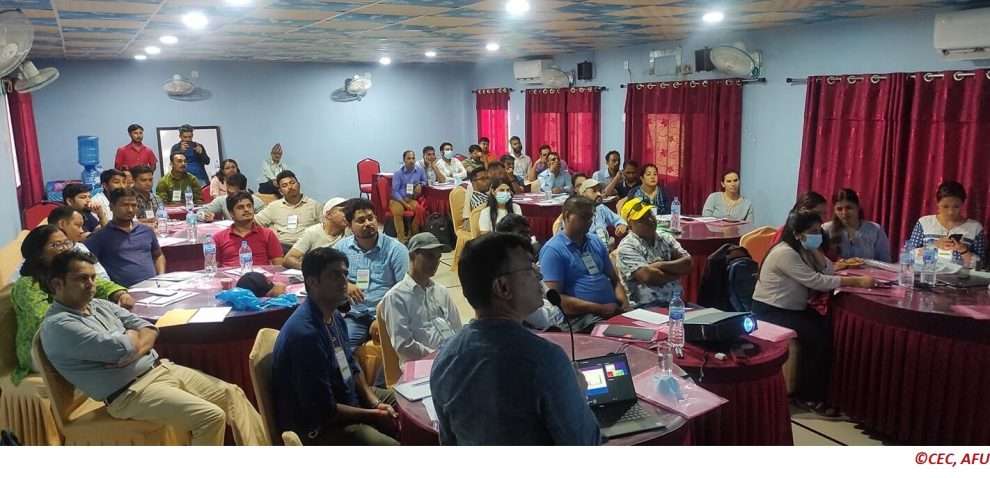

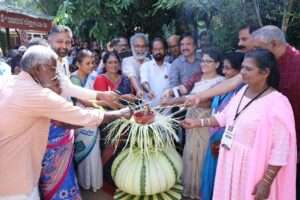

Add Comment